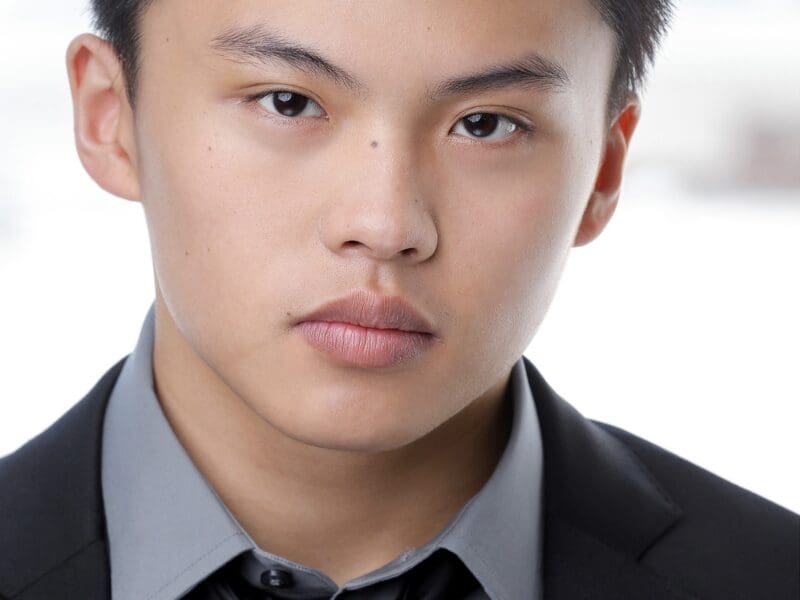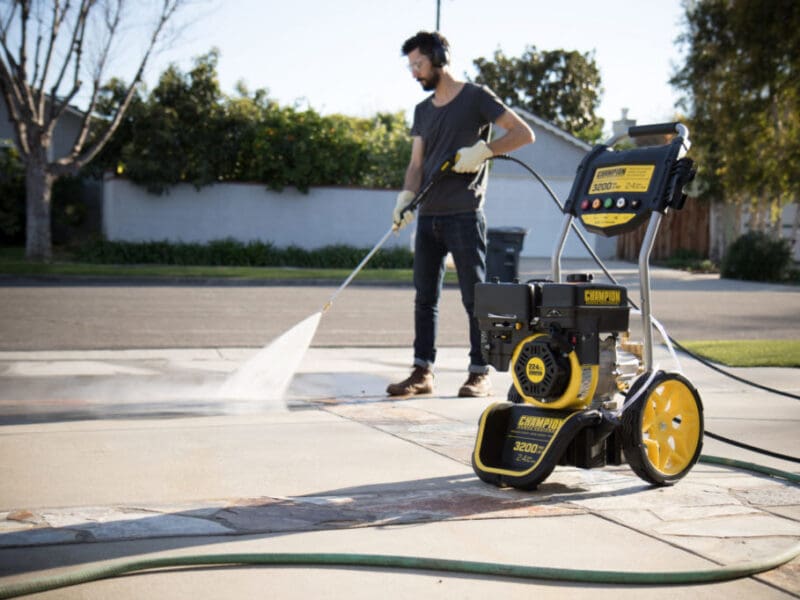
Storyboarding tips to help you film like a pro
Of all the steps that go into making a great film or a television show, one of the most important is also one of the least appreciated: the art of storyboarding. You may have seen a storyboard — which essentially looks like a series of big comic book panels — in behind-the-scenes photos or videos before, but you might not have known what exactly it was for.
Thankfully, these storyboarding tips and tricks will not only make storyboards make sense, but they can actually help you film like a pro. When all is said and done, you’ll be drawing up storyboards or creating digital ones on Boords in no time.

Storyboarding Vocabulary
Before you can start storyboarding, you first need to know the industry’s vocab. This lingo helps describe “shots,” which is a word to describe everything captured by the camera in one continuous take in a film or a TV show, and “movements,” which is a word to describe the technique of changing the frame or perspective of a shot.
Types of Shots
Shots are what make up a scene, and scenes are what make up a film or episode of TV. For this reason, it’s not an exaggeration to say that an understanding of the words used to describe certain shots is essential for understanding how filmmaking — and, to that extent, storyboarding — works. Let’s take a look at the different kinds of shots used the most frequently:
- Wide shot: typically used at the start of a scene to show a character’s full body or the complete interior or exterior of a location, a wide shot is a great way to orient the audience and establish who will be present in a scene as well as where the scene is taking place.
- Medium shot: these shots show less of the character, typically from the knees or the waist up, or focus on a specific area of a room or a location. They serve as a guide for the viewer, letting them know where the scene is focusing its attention.
- Close-up: mostly used to amplify the emotion of the scene, close-ups focus on one specific part or item, whether it be a face, a hand, a weapon, a door handle, a key, or some other important thing that the director wants the audience to really notice in order to amplify the tension or the feeling of the shot.
- POV: if a director wants the viewer to literally get into a character’s head, they’ll use a POV — or point-of-view — shot. These shots are supposed to replicate the feeling of seeing a shot from a certain character’s perspective, whether it be an animal hunting its prey, a man looking through a pair of binoculars at their target, or a child wandering through an unfamiliar locale.
Types of Movements
Just as important as understanding the vocabulary associated with shots is the ability to understand camera movements. In short, these frame shifts and perspective changes are responsible for defining how a film moves. Without this knowledge, it won’t be possible to learn more about storyboarding:
- Pan and Tilt: While it might not sound like it, pan and tilt are just fancy words for “left to right” and “up and down,” respectively. This movement is used to shift the focus of a scene to another person or object without having to end the shot itself.
- Track: Exactly what it sounds like, a tracking movement is when the camera follows a character or an object on the move. Instead of staying on one place while the person or object moves, the camera stays with them and moves along at their pace.
- Zoom: This one probably rings a bell — a zoom is a camera movement where the camera stays in one spot while the lens is moved in or out from a wide to a close-up or a close-up to a wide. It’s a great way to show a character’s change in perspective or to highlight a small but important detail in a shot.
- Push and Pull: We’ve learned words for up, down, left, right, and side to side, which just leaves “in and out.” This is where push and pull come in. They’re like an alternative to zooming, where the camera actually moves in or out on something instead of the just lens.
The 180-Degree Rule
One important bit of information that applies to both shots and movements is the 180-degree rule. Whatever you’re shooting and wherever you’re moving, you cannot move across the imaginary 180-degree line that you’ve drawn with your shot. You have to move the camera along that 180-degree axis, but never over it. Violating this is pretty much blasphemy in the world of film and television.

Storyboarding Methodology
Now that we have a better understanding, it’s essential to comprehend the different storyboarding methods. Thankfully, there are only two: Storyboarding for the edit and storyboarding for the shot. You’ll have to choose one or the other and stick with it throughout your storyboard in order to be effective.
Storyboarding for the Edit
More often than not, storyboarding for the edit prioritizes post-production over pre-production. This method requires creating a helpful storyboard for the editor that includes both visual and audio clues such as bits of dialogue or music written out beneath the storyboard frame.
Storyboarding for the Shot
On the other hand, there’s storyboarding for the shot: This method prioritizes pre-production over post-production and aims to help the cinematographer understand the director’s vision once the film enters production and the shoot begins.







